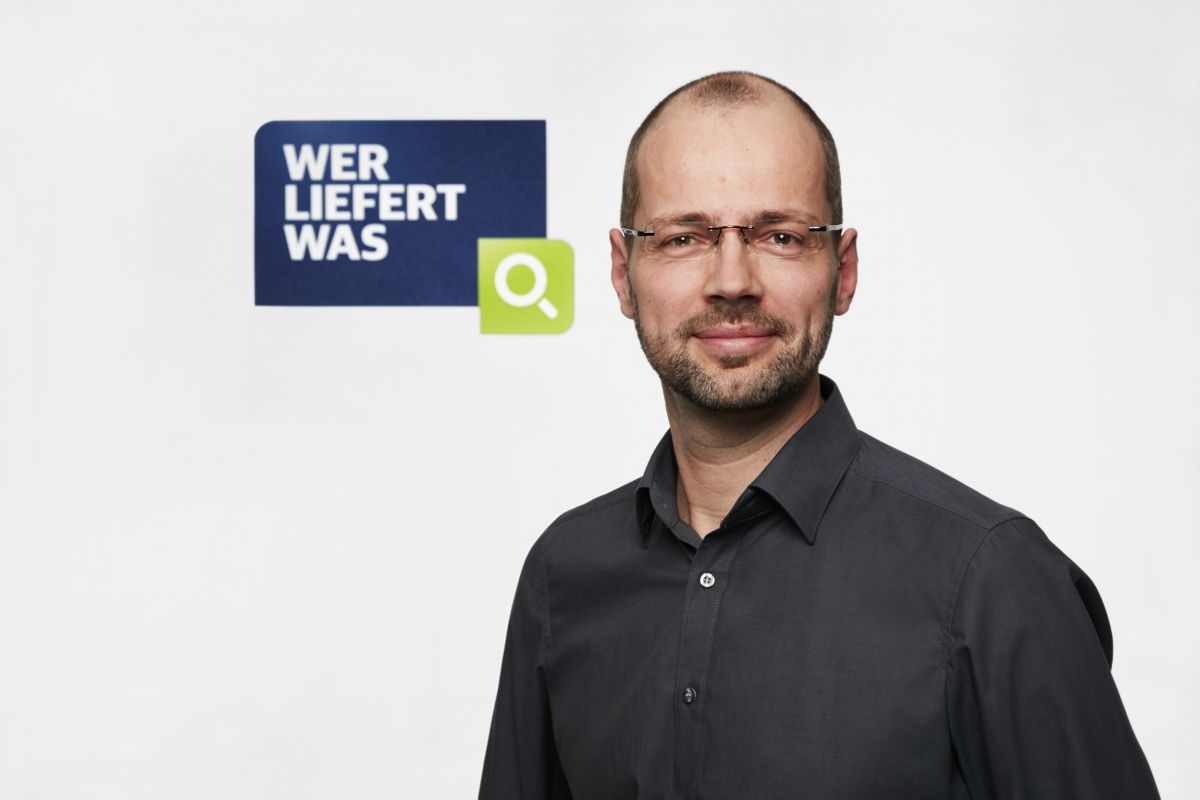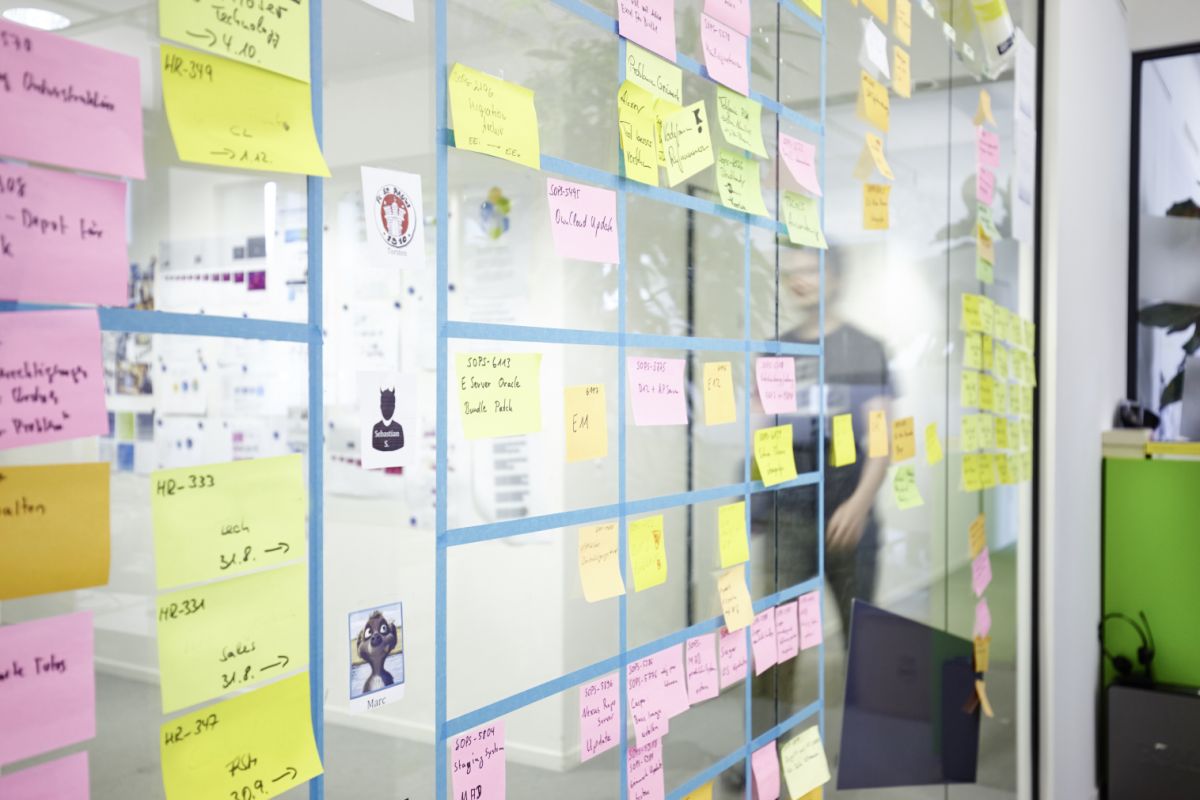
“wer liefert was” simplifies reporting across departments

Leif Hitzschke, Head of Business Intelligence at wlw.
“wer liefert was” is the leading B2B market place for Germany, Austria and Switzerland with roughly 1.3 million visitors per month. Offering access to around 540,000 manufacturers, traders, service providers and suppliers with millions of products, goods and services in the B2B segment, wlw is the most visited German-language internet platform for professional purchasers.
The company wanted to restructure its entire business intelligence architecture in order to be able to react more quickly and flexibly. One part of the puzzle was automated reporting that would save time, eliminate errors, and create the freedom for more innovative, advanced analytics.
After evaluating a number of alternatives, wlw decided to deploy Tableau because it combined advanced analytics with ease of use. With Tableau, wlw automates reports and eliminates recurring manual reporting tasks. Employees access updated dashboards through Tableau Server. As a result, wlw saves roughly 8 person days per month and has created the prerequisites for data-based decision making. Their long-term goal is to deploy self-service reporting throughout the entire organization.
More freedom and reduced dependency
Each Monday, one employee in controlling created a report about the current incoming orders for the weekly management meeting. This required the support of the business intelligence (BI) team. They extracted necessary information from wlw’s Oracle data warehouse using SQL statements, manually processed the data in Excel and PowerPoint, and finally emailed out PDFs to an extended circle of recipients including executives.
“Each time we created this multi-page report—mainly containing tables and time series—it took us half a person-day, and because of all the copy & paste going on between different tools, it was very error prone,” explains Leif Hitzschke, Head of Business Intelligence at wlw.
It was also difficult to find current sales figures outside of the weekly internal report. The BI team had to manually process additional ad-hoc report requests from individual departments, which led to a reporting queue. These reports included information about internet traffic, international operations, customer churn, product search metrics, and key performance indicators (KPIs) for promotional activities.
In addition, different departments had divergent definitions of some of the same KPIs, which could lead to misunderstandings. “For a highly digitalized business such as wlw, the reporting architecture simply wasn’t up to par anymore,” says Hitzschke. “So we were looking for a solution that would automate our process, while at the same time making it faster and independent of any individual person. We also wanted to provide self-service to our departments, so they could answer any further questions independently from the BI team.”
Tableau made a significant contribution to restructuring the entire business architecture at wlw. The BI team was able to automate many of our formerly manual processes and managed to establish self-service BI.
Ease-of-use and comprehensive functionality
wlw went looking for a business intelligence solution. They evaluated a number of established products in the market, including SAP Business Objects and MicroStrategy. “It was essential for us to find a solution that offered the functionality we needed on the one hand, but would also allow us to run it in-house without external support staff,” explains Leif Hitzschke. “So we tested various products in our everyday work.”
In the end, wlw purchased several Tableau Desktop and Tableau Server licenses. The BI team uses Tableau Desktop to create standard reports and answer ad-hoc questions. They share results with executives as well as colleagues from sales, marketing, finance, and IT departments—all over Tableau Server.
To ensure high efficiency right from the start, wlw secured the support of Tableau partner, The Information Lab, based in Hamburg. The Information Lab provided basic training for the BI team and helped create the first wlw dashboards.
“It only took 5 consultancy days, which shows how well the system matches our needs. It also speaks volumes about the expert services rendered by The Information Lab“, says Leif Hitzschke. “Plus, the Tableau partner offers quick support whenever we need it through a flexible online ticket system.”

Huge time savings, better quality, less dependency
After connecting all relevant data sources and transforming tables into interactive visualizations, wlw recreated the original order report as a dashboard. On the back end, wlw uses Data Vault, a modelling method and process for building data models.
Today, the report just takes a quick sanity check from a controller before managers access it directly via Tableau Server. Leadership can now discuss current numbers in their weekly results review, and drill down into outliers as they appear. Current data is available at any time, giving executives time to prepare and answer their own questions ahead of board meetings.
“With Tableau, we have found a solution that completely fulfills our requirements,” says Leif Hitzschke. “It’s all very intuitive and easy to use. We even managed to set up our own Tableau Server without external help.”
Today with Tableau, wlw saves roughly four working hours per weekly report. In addition, controllers perform quality assurance on the data, meaning reports are more accurate than previous PDFs.
At first, the old reports were run in parallel with Tableau. When switching off the old reporting, wlw eliminated the manual effort. Because Tableau allows the report to be generated at the push of a button, any member of the BI team can now handle report creation.
The company is also expecting significant advantages from simplified ad-hoc querying. “Many employees have no experience with database queries whatsoever,” says Leif Hitzschke. “For them it is still very difficult to quickly find answers to their very specific questions in the available data. With Tableau we have made a first step towards self-service BI for them by providing generic dashboards.
Simpler processes also mean good things for the business intelligence team. With faster, automated reporting, the team has more time to focus on strategic projects that benefit the whole company.
With Tableau we ensure a unified view of our company metrics – a single point of truth, if you will – that forms the basis for all important decision.
A single source of truth for the entire company
By using Tableau Server, wlw has unified their entire report architecture and was able to significantly improve data quality. “With Tableau we’ve successfully created a single source of truth for the sales department,“ Hitzschke reports. “Going forward we will continue our journey and add other areas, such as web traffic analysis.”
wlw also plans to extend its self-service and introduce the individual departments to Tableau, enabling them to generate their own reports. At the same time, a governance initiative running in parallel has already markedly improved data quality.
Leif Hitzschke sums up his long term goal for the company’s data journey: “We are currently expanding our Advanced Analytics and we want to develop our reporting towards mobile BI.”